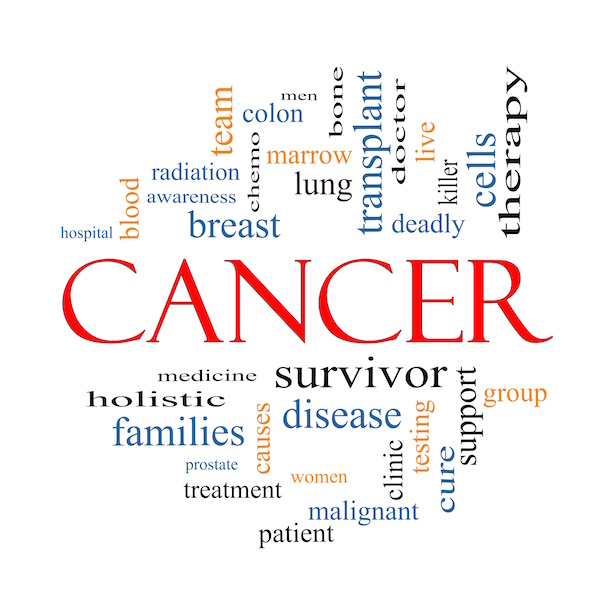
FRIDAY, Sept. 7 (HealthDay News) — Women with certain gene mutations are more likely to develop breast cancer if they were exposed to radiation from chest X-rays or mammograms before age 30, compared with those who have the gene mutations and weren’t exposed to radiation, new research suggests.
The study included nearly 2,000 women, 18 and older, in the Netherlands, France and the United Kingdom. All of the women had a mutation in the BRCA1 or BRCA2 genes, which have long been linked to raised risks for breast and ovarian cancer.
Forty-eight percent of the women reported ever having an X-ray and 33 percent had undergone a mammogram, according to the report published online Sept. 7 in the BMJ. The average age at first mammogram was 29.
Between 2006 and 2009, 43 percent of the women were diagnosed with breast cancer. A history of any exposure to radiation from chest X-rays or mammograms between age 20 and 29 increased the risk of breast cancer by 43 percent, and any exposure before the age of 20 increased the risk by 62 percent, the researchers found. Exposure between ages 30 and 39 did not increase the risk of breast cancer, they noted.
For every 100 women, age 30, with BRCA1/BRCA2 mutations, nine will have developed breast cancer by the age of 40, and the number of cases of breast cancer in these women would have increased by five if all of them had had one mammogram before age 30, according to calculations by Anouk Pijpe of the Netherlands Cancer Institute and colleagues.
However, this estimate “should be interpreted with caution because there were few women with breast cancer who had had a mammogram before age 30 in the study,” the researchers explained in a journal news release.
Pijpe and colleagues recommended that non-ionizing radiation imaging techniques, such as MRI, be used for women who carry these BRCA1/BRCA2 mutations.
Exposure to radiation is an established risk factor for breast cancer among all women, the study authors pointed out. Some countries recommend that women under age 30 avoid mammography breast cancer screening.
Experts in the United States said the study raises many questions.
“The authors should be applauded for carrying out such a complex study in a concerted effort,” said Dr. Aye Moe Thu Ma, director of breast surgery at St. Luke’s Roosevelt Hospital in New York City. The study “brings into question the current National Comprehensive Cancer Network guidelines on the use of mammograms for BRCA patients as early at 25 years of age,” she added.
Ma also agreed that for patients who carry the BRCA gene mutations and who have not undergone mastectomy, “they may be best to be screened with MRI if the patients are younger than 30 and after discussing the risks and benefits of the MRI with the patient.”
Another breast cancer specialist agreed that screening these patients may require a tailored approach.
“Women with BRCA mutations should adhere to a screening program designed specifically for them based on personal and family risk factors, in addition to accounting for their BRCA status, so that they may maximize benefit derived from screening and minimize any potential risks,” said Dr. Eva Chalas, chief of clinical cancer services at Winthrop University Hospital, in Mineola, N.Y.
And Ma also stressed that, “this study is focused on a small group of high-risk patients who are sensitive to radiation, and does not apply to the general public.”
Experts currently disagree on the recommended frequency of screenings and the intervals between them. In 2009, the U.S. Preventive Services Task Force ignited debate when it recommended screening mammograms every two years for women ages 50 to 74. It advised women in their 40s at average risk of breast cancer to discuss the pros and cons with their doctors and then decide about the value of screening. Other organizations, including the American Cancer Society, continue to advise women 40 and older to get yearly screening mammograms.
More information
The American Cancer Society has more about breast cancer.

